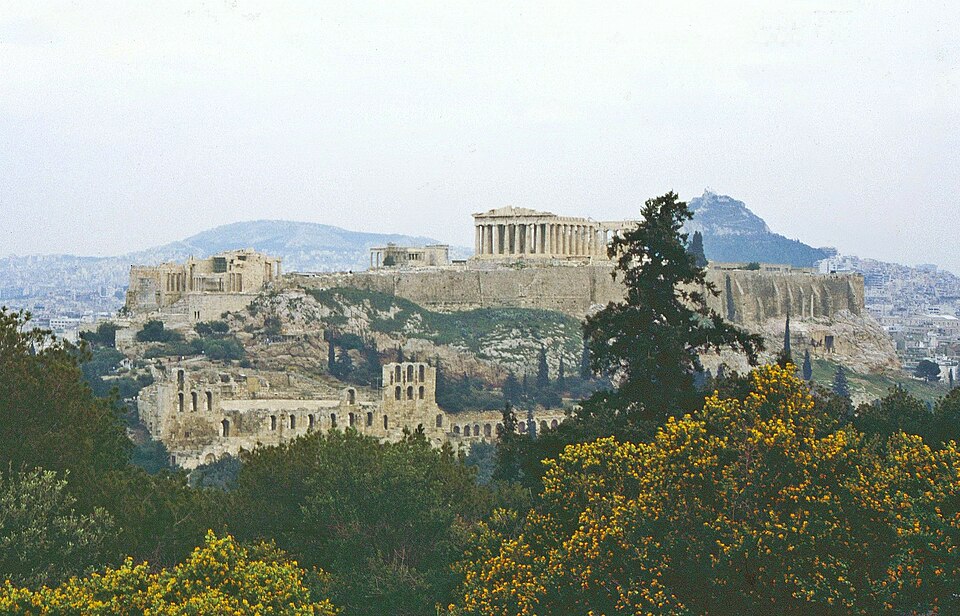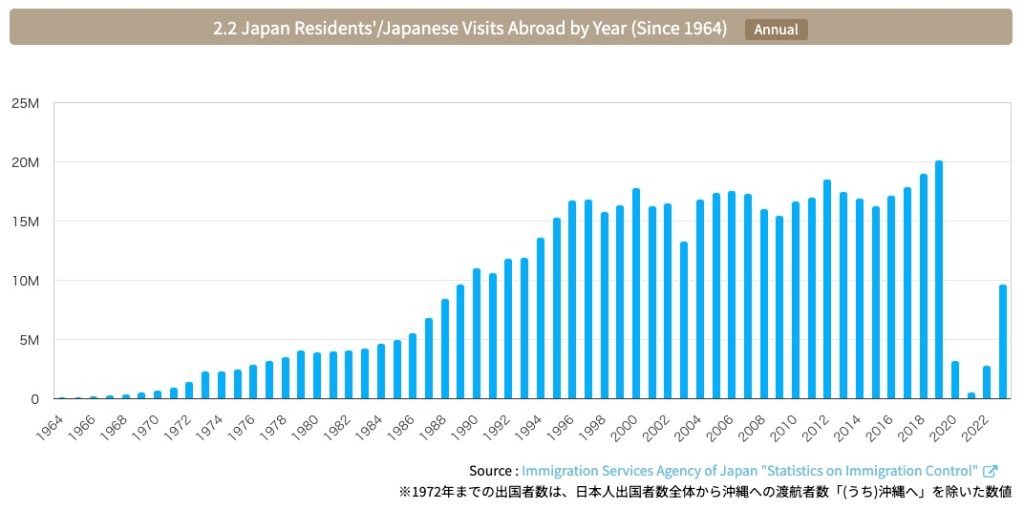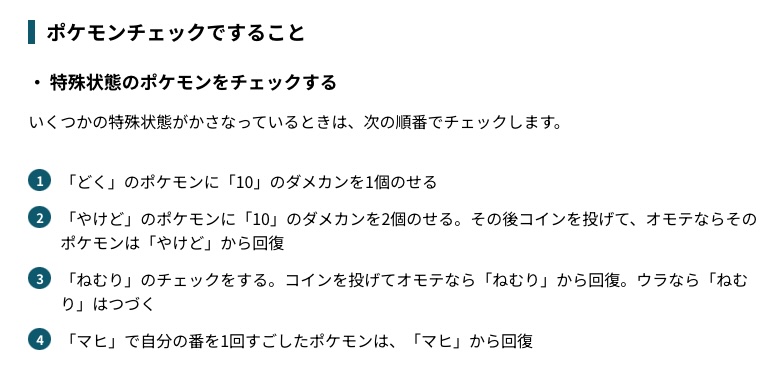I just sent out the February newsletter and podcast. This month I wrote about a phrase I encountered last summer while prepping for my annual Murakami fest. Give it a listen here:
You can see the blog post for that entry here.
One of the phrases really stuck out to me, and it’s one that I’ve tried to incorporate into my active Japanese: あとになってわかったこと (Ato ni natte wakatta koto). I won’t translate it here. Click over to the newsletter to see my explanation. Or better yet, listen to the podcast and hear how I’ve been able to take this phrase and expand it into other usages and patterns, nearly all of which I’ve been able to confirm examples for. Pretty neat, especially since they are patterns that I’d never heard before but was able to construct on my own. This is, essentially, how you learn a foreign language. Imitation, adaptation, and eventually creation. You can confirm your new creations by comparing with other examples online, like the blog post from a new father I found.
In the newsletter I’ve also got some strategies about how to best develop your eye and ear for sentences that are interesting, helpful, and useful.
The hardest part is realizing that a sentence is interesting, but the next hardest step (which is basically just as difficult) is to then prompt yourself to write it down to peruse in the future with the goal of increasing exposure. You’ve got to do both.
__
And I’m glad that I didn’t forget to share the link for this great (and very extensive) Wikipedia page: 最長片道切符 (saichō katamichi kippu). Can you parse that from the kanji alone? It’s three two-character compounds lumped together, and I bet if you take them in reverse order you can figure it out pretty easily.
At any rate, that’s the Wikipedia page that inspired my interest in the book I’ve been reading lately, which I talk about in more depth on the podcast. Fortunately for me I was able to escape the gravity of my Mercari 積読 addiction and get these pages off the shelf and onto my eyeballs. Keep that pedal pressed.
__
On a quick closing note, please do check out my call for comments and opinions at the end of the newsletter. I’m curious to know what readers and listeners are thinking. Do you like having the monthly newsletters mailed to you? Do you prefer that over a blog-style publication? Are you reading both the newsletters and blog posts? If I shifted to a different newsletter platform, would you be willing to read there or do you prefer Substack?
I like the balance between the newsletter and blog with more casual, off the cuff posts here and more feature-style writing on the newsletter, but it would be nice to have more control over the platform (and Substack has some pretty obvious issues). I spent a weekend looking into Ghost as a potential option, but it does seem making a switch would mean taking on another monthly bill and potentially a good amount of tech work (if I were to self-host). I’d love to hear what you think, and if you listen to the podcast I go into a little more details about the tech side of things. If anyone has any experience or thoughts on that side of things, I’d love to hear from you.





